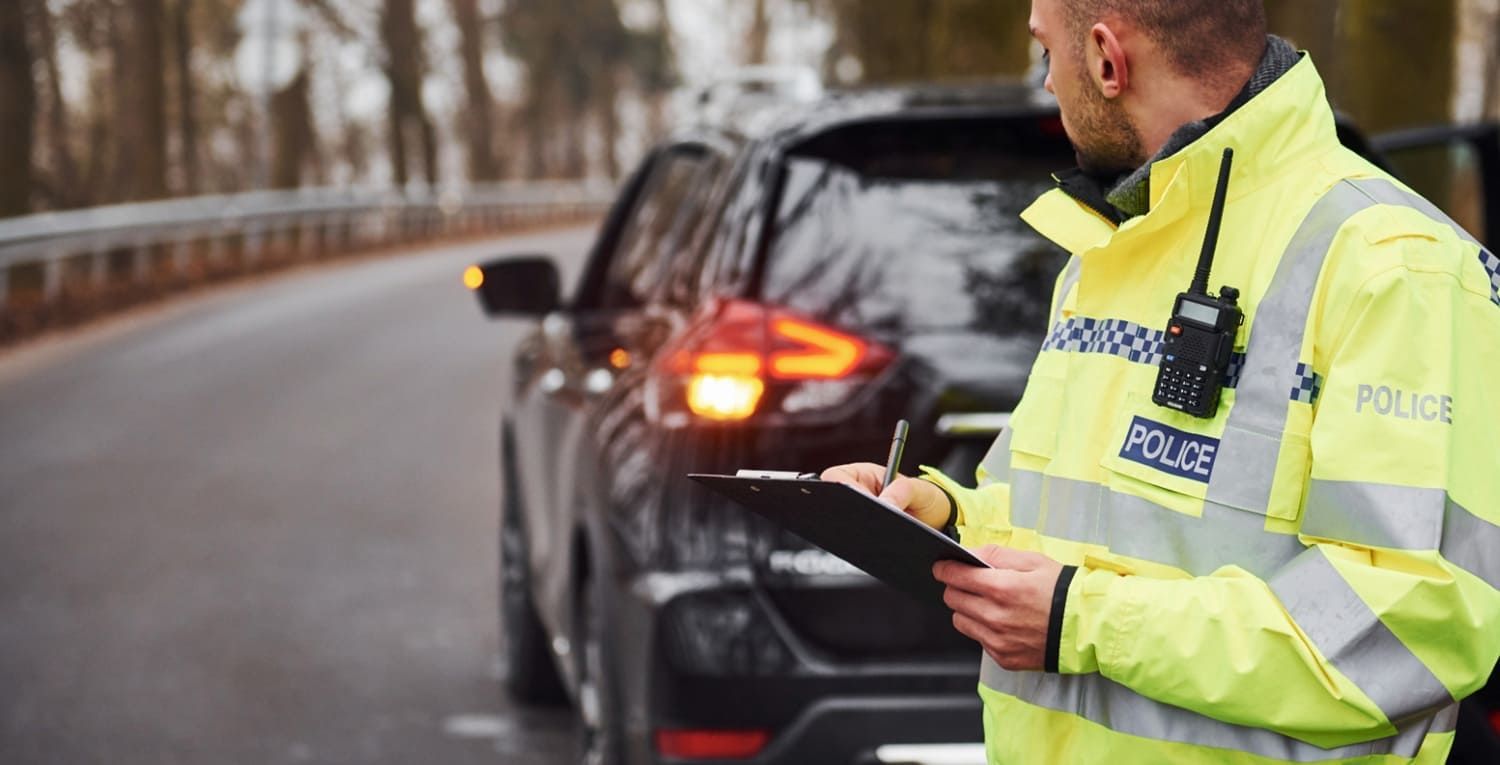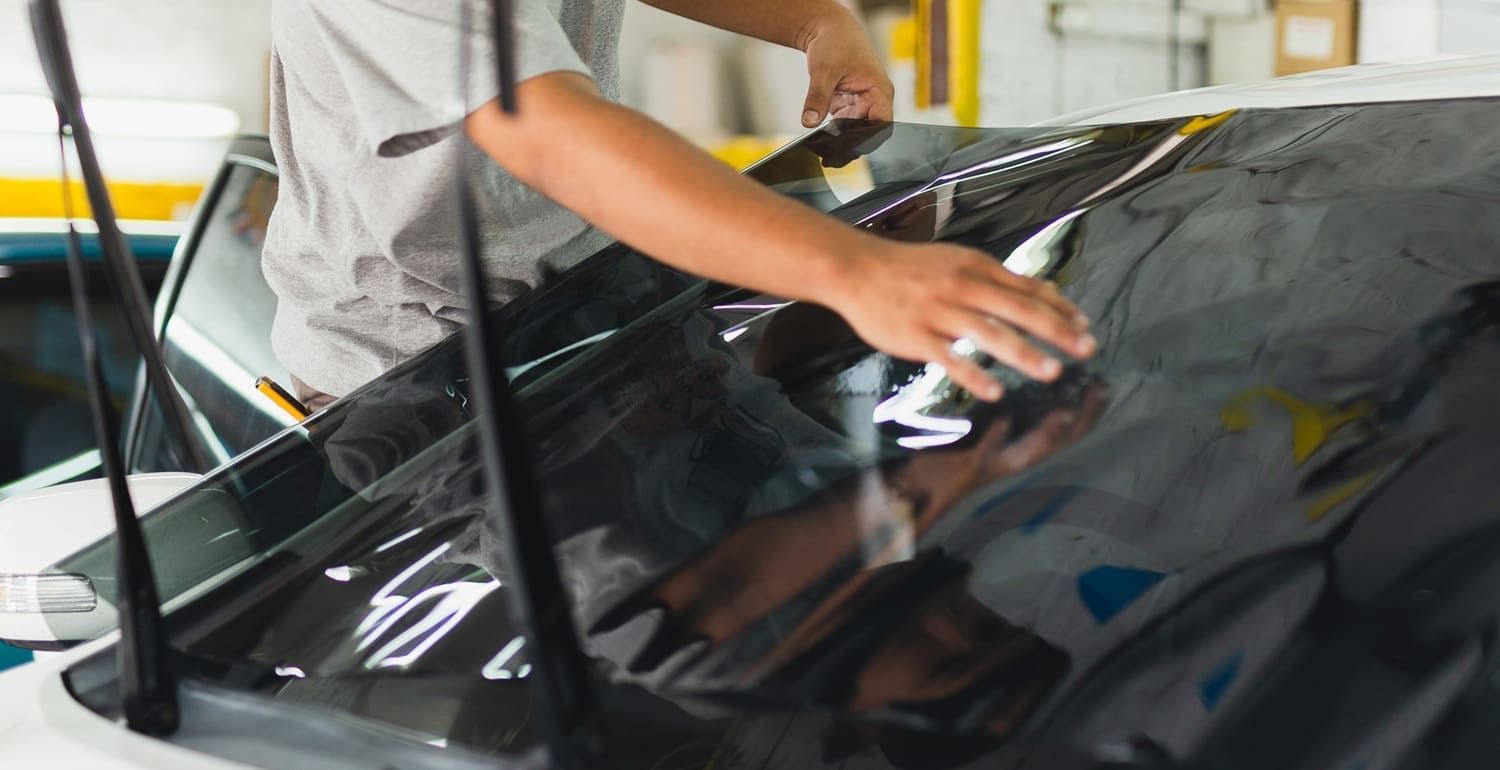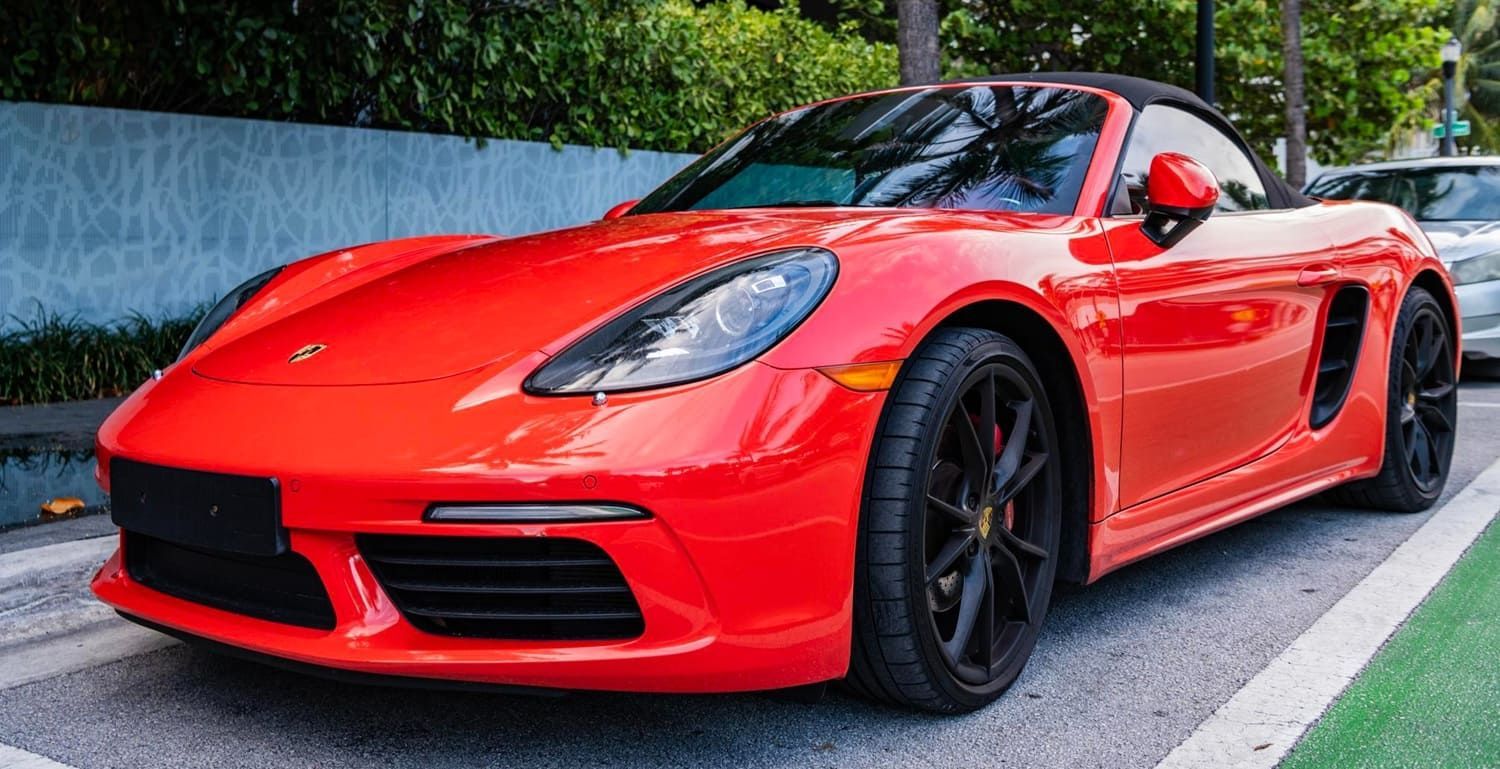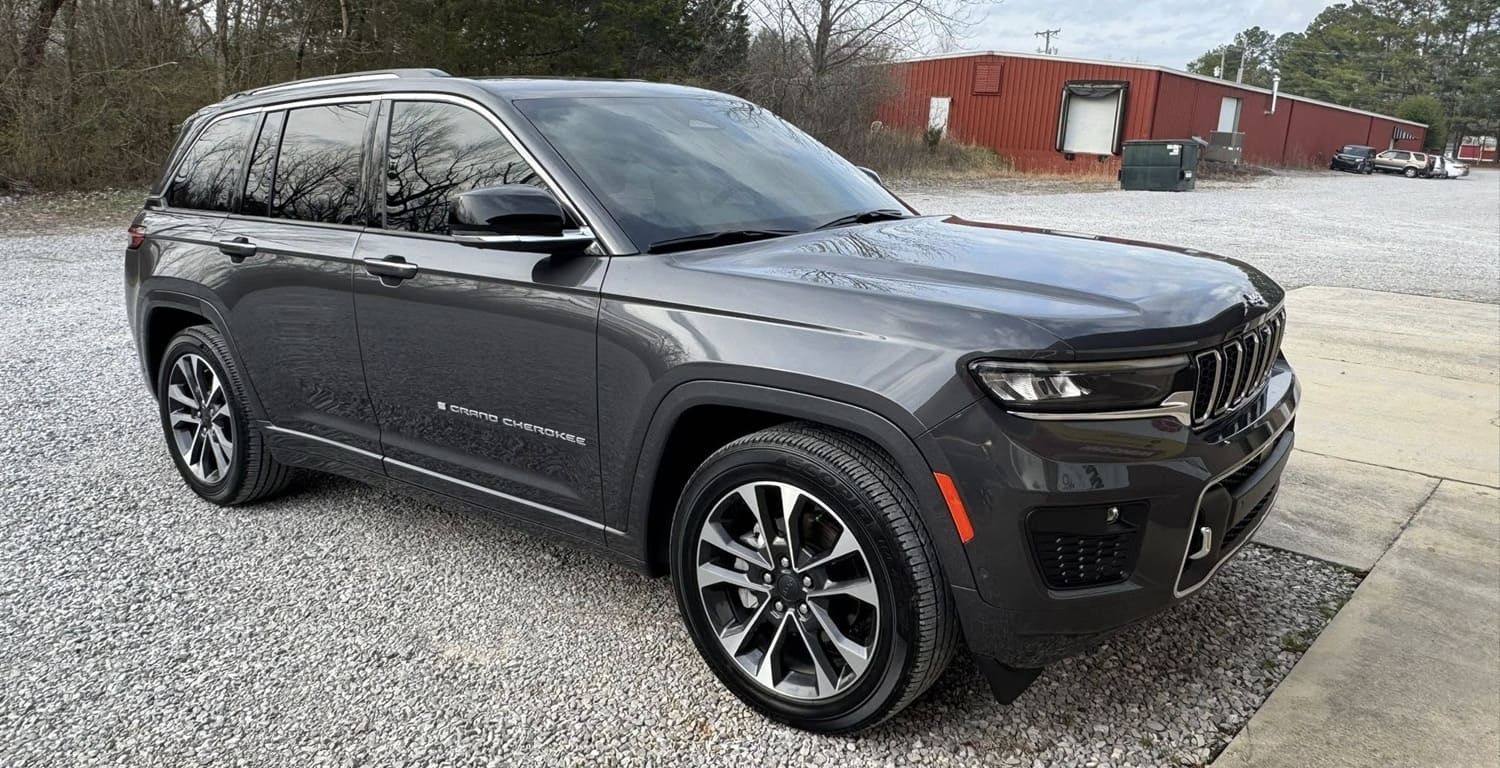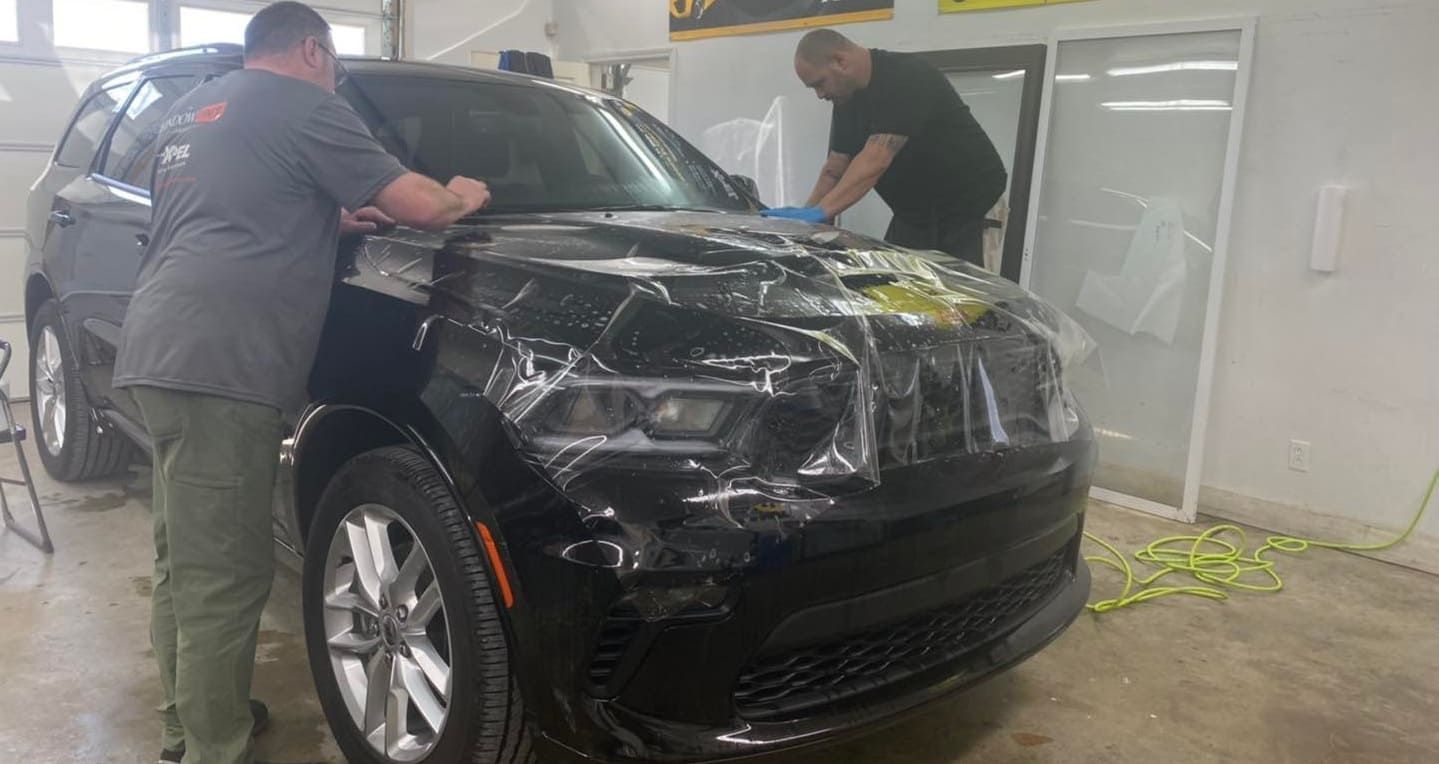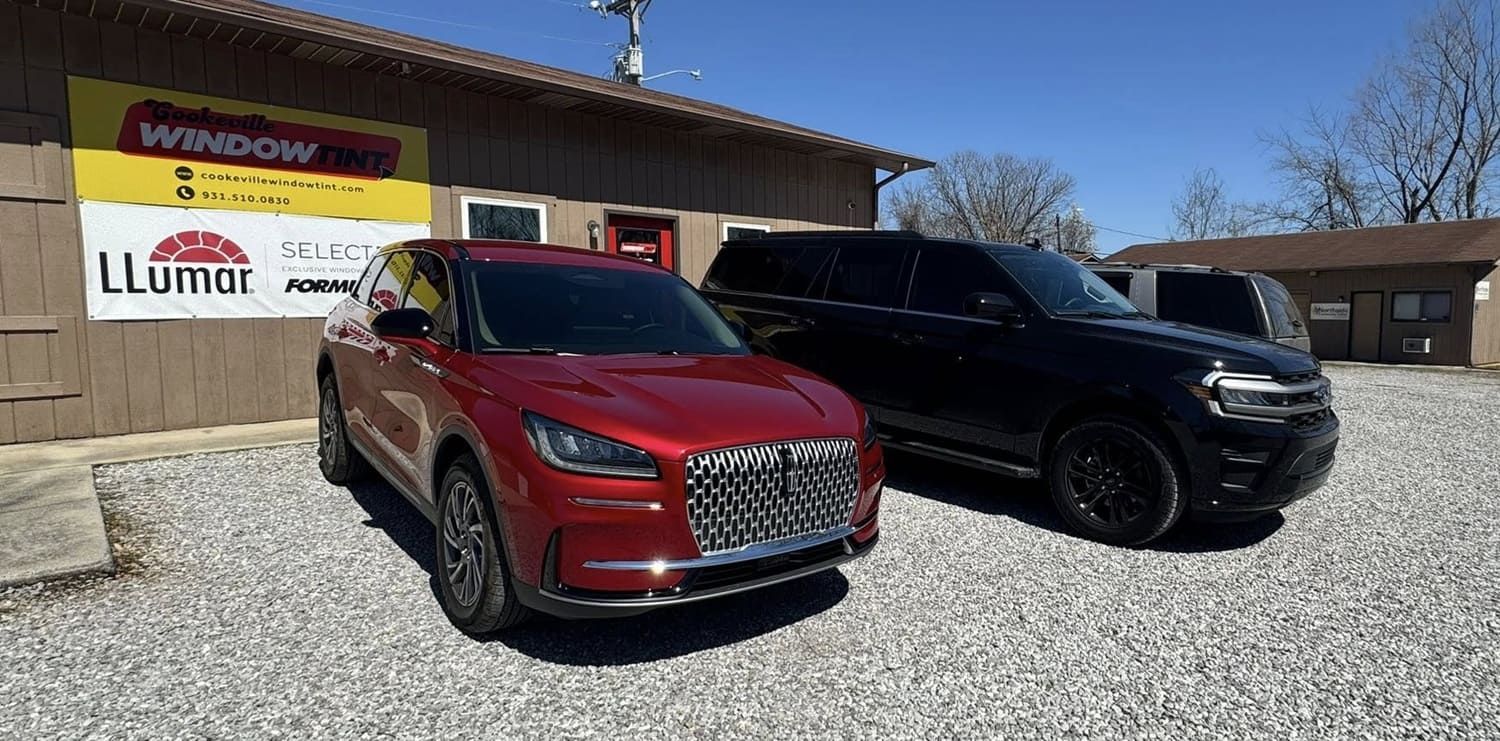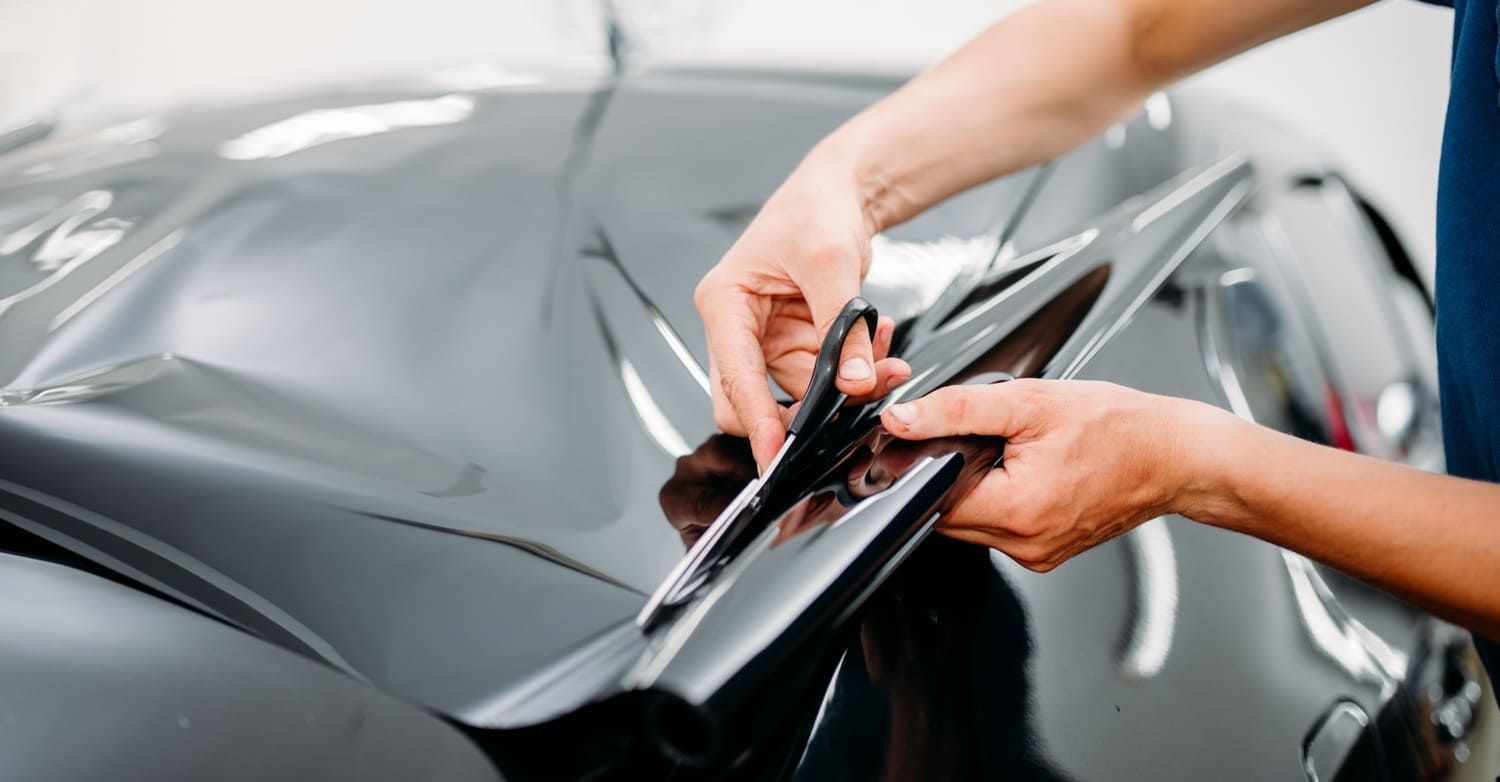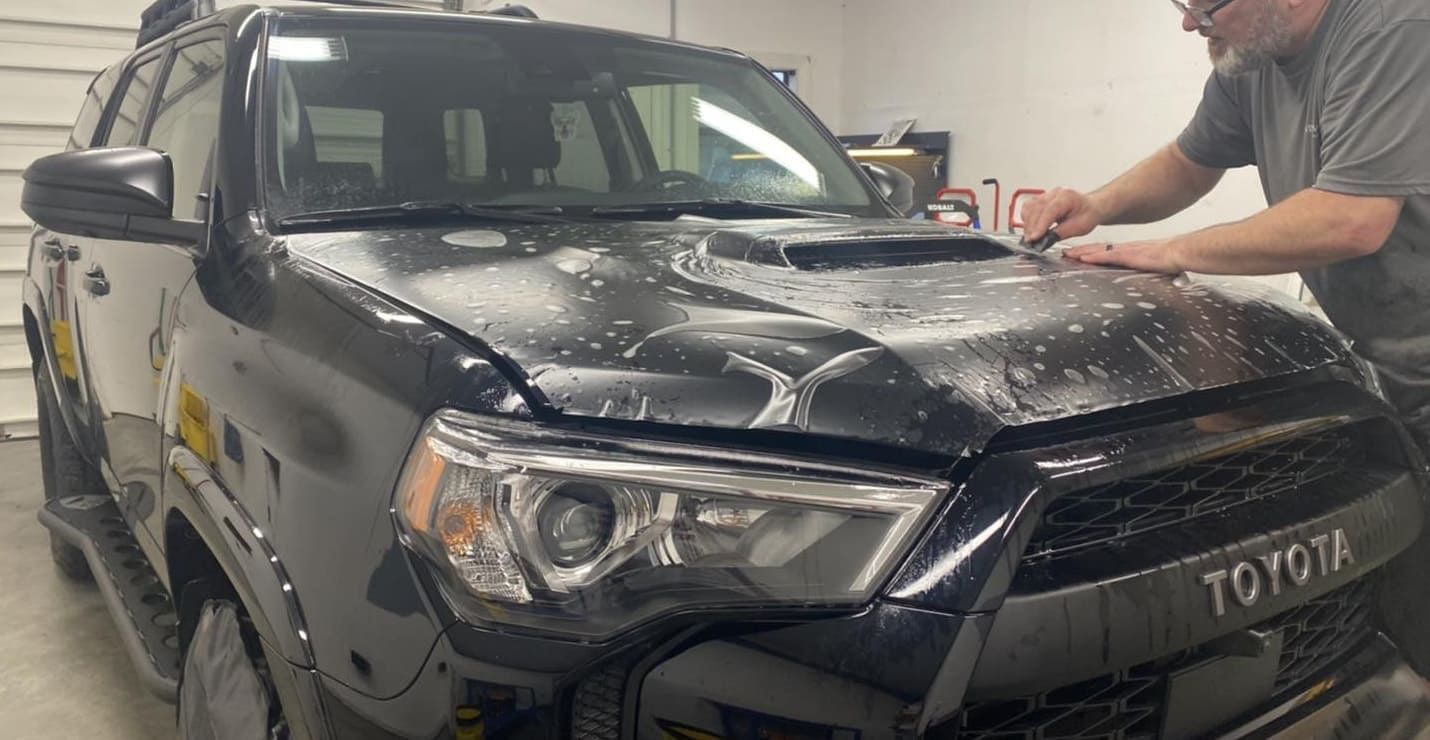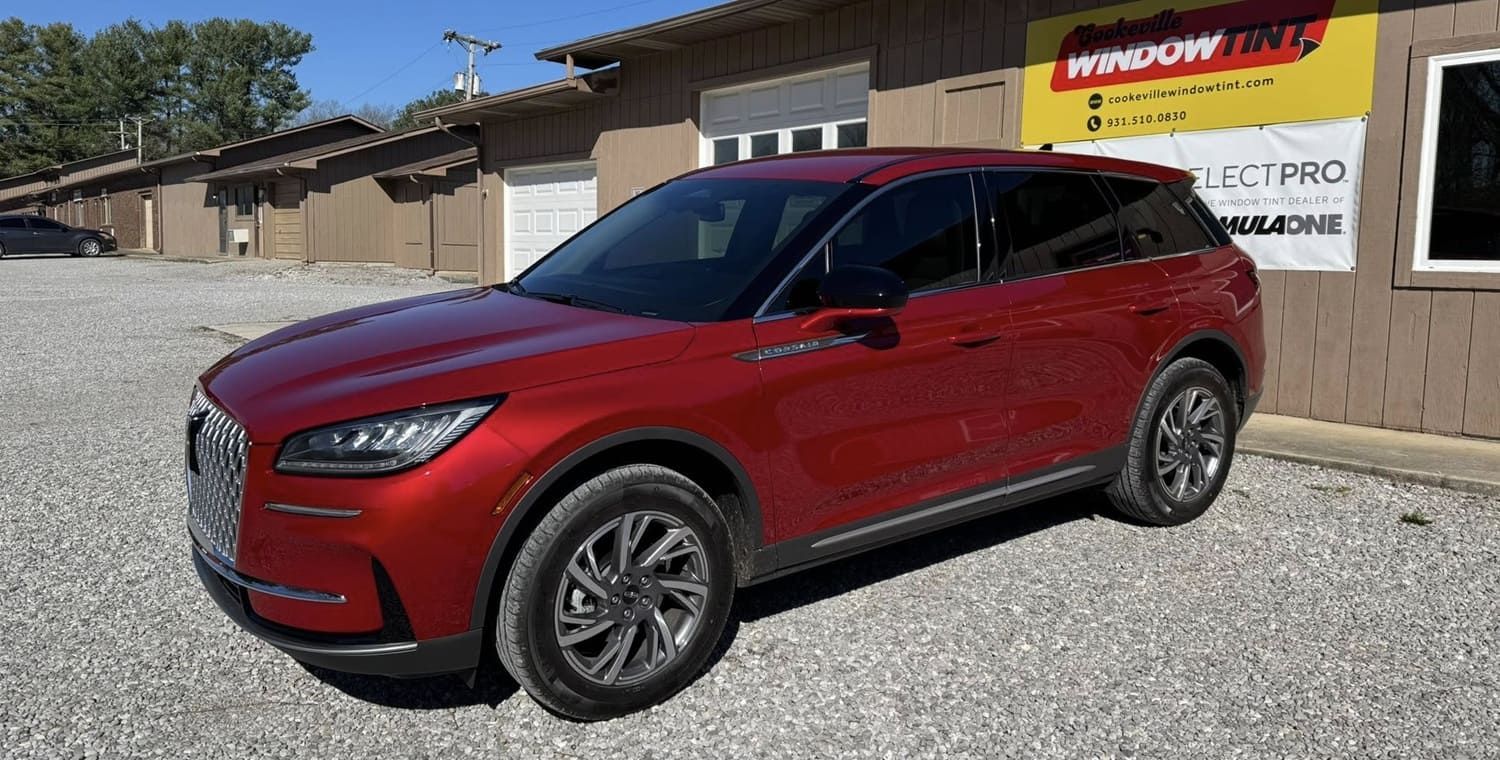The Challenges of Tinting Windows on Older Vehicles
Differences in Window Materials
One of the primary challenges in tinting older vehicles is the diversity in window materials. Unlike modern cars that predominantly use tempered glass, classic cars might have a range of materials including laminated glass. Each type responds differently to window tint film, making the application process more complex. Laminated glass, for example, can be particularly tricky as it consists of layers that may react differently to adhesives. Additionally, the age of the glass can affect its integrity and how well it holds the tint film, requiring a careful assessment before application.
Furthermore, the variability in glass thickness and composition across different models and eras means that a one-size-fits-all approach is rarely effective. Installers must be adept at identifying the specific type of glass used in a vehicle and selecting the appropriate tint film that will adhere properly without causing damage. This requires a deep understanding of both historical manufacturing techniques and modern tinting technology, underscoring the importance of specialized knowledge in this area.
Variability in Window Sizes and Shapes
Older vehicles often come with unique window shapes and sizes that are not standardized. This variability demands custom-cut films tailored to fit each window precisely. This requirement adds a layer of complexity, as it's not just about sticking a film onto a window but ensuring that it fits seamlessly with no gaps or bubbles. The irregular shapes often seen in classic cars can include everything from small quarter windows to expansive rear windshields with curves and angles that modern cars simply don't have.
In addition to shape, the size of the windows can vary significantly, even within the same model line, depending on the year and specific variant of the vehicle. This means that precision and flexibility in approach are key. Installers must be equipped with a range of tools and techniques to handle the diverse array of window configurations they might encounter. This often involves creating custom templates and using specialized cutting tools to achieve a perfect fit, ensuring that the tint not only looks good but also performs its intended function effectively.
Condition of the Windows
The condition of the glass itself can present significant hurdles. Windows on older vehicles may have scratches, chips, or other imperfections that can interfere with the tinting process. These imperfections can cause bubbles or peeling if not addressed before application. Therefore, thorough preparation and sometimes even glass restoration might be necessary before tinting can commence. Addressing these issues not only improves the aesthetic outcome but also enhances the durability and longevity of the tint film.
Moreover, older windows might have endured years of exposure to environmental elements, leading to wear and degradation that newer vehicles don't face. This can include issues like pitting from road debris or fading from sun exposure. Properly assessing and addressing these conditions is essential for a successful tinting project. In some cases, replacing the glass might be the best option if the existing windows are too damaged to hold a tint effectively, highlighting the need for expert evaluation and decision-making in the process.
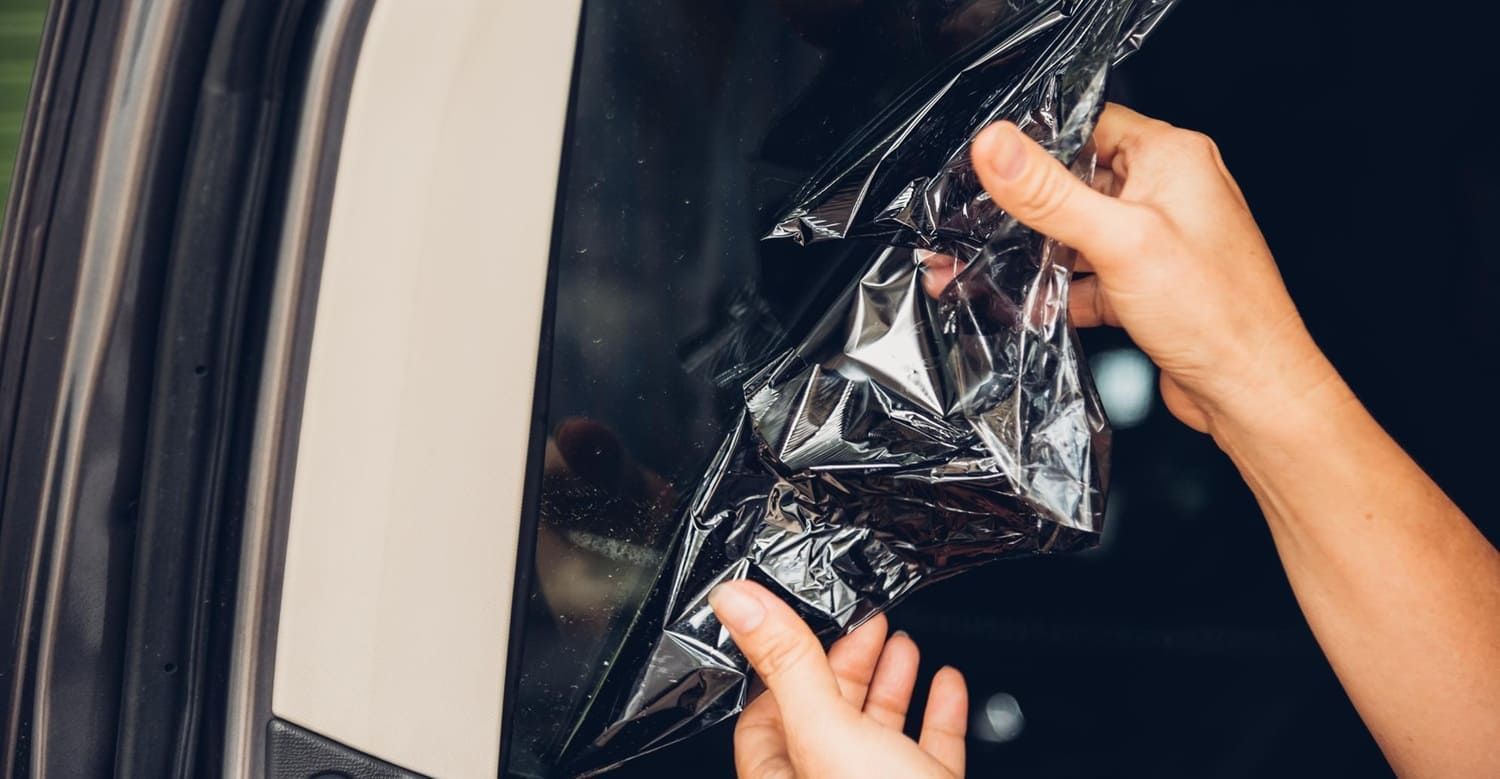
Preparing for Tinting
Cleaning and Repairing Glass
Preparation is key to achieving a flawless tint on older vehicles. Start by thoroughly cleaning the windows to remove any dirt, grease, or residue that could affect the adhesion of the tint film. If the glass has any scratches or chips, consider professional repair to ensure a smooth surface for the film. This step is crucial as even minor imperfections can lead to significant issues down the line, such as bubbling or peeling of the tint.
Moreover, the cleaning process should be meticulous, involving not just the glass but also the surrounding seals and frames, which can harbor dirt and debris that may interfere with the tint application. Using specialized cleaning agents that are safe for vintage materials ensures that no harm comes to the original glass or trim. Additionally, repairing any damage beforehand ensures that the tint film has a uniform surface to adhere to, significantly improving the final result and the film's longevity.
Selecting the Right Tint Film
Choosing the correct type of tint film is crucial for older vehicles. The market offers a variety of films, from basic dyed films to more advanced ceramic options. For vintage and classic cars, it's often recommended to use a high-quality film that offers UV protection without interfering with the car's aesthetics. This not only preserves the interior but also maintains the vehicle's classic look. The right film can enhance the driving experience by reducing glare and heat while protecting the interior from sun damage.
Additionally, selecting a film that complements the car's design and era can elevate the vehicle's overall appearance. For instance, a subtle, non-reflective tint may suit a vintage model better than a high-gloss, mirrored finish. It's also important to consider the legal requirements for window tinting in your area, as regulations can vary significantly and impact your choice of film. Consulting with a professional who understands the nuances of both classic cars and local laws can help ensure that the chosen tint film is both effective and compliant.
Custom Cutting Techniques
Given the unique window shapes of older vehicles, custom cutting is often necessary. Professional installers use precision tools to cut the film to the exact dimensions of each window. This process ensures a perfect fit, reducing the risk of peeling or bubbling over time. Custom cutting allows for a seamless application that enhances the vehicle's appearance and ensures that the tint performs optimally.
The process involves creating templates for each window, which can be a time-consuming but essential step in achieving a flawless finish. Installers might use computer-aided design (CAD) software to create precise patterns that account for the unique curves and contours of the windows. This meticulous approach not only ensures a perfect fit but also minimizes waste, making the tinting process more efficient and environmentally friendly. The expertise and attention to detail required for custom cutting underscore the value of professional installation, particularly for vintage vehicles with complex window designs.
Overcoming Installation Challenges
Dealing with Curved Windows
Many classic cars feature curved windows, which can complicate the tinting process. Installing film on these surfaces requires patience and expertise. Heat-shrinking techniques are often employed to ensure the film adheres smoothly without creases or bubbles. This method involves carefully heating the film to make it pliable, allowing it to conform to the curves of the glass without losing its integrity or adhesive properties.
Moreover, the degree of curvature can vary widely, requiring installers to adapt their techniques accordingly. Skilled professionals understand the nuances of working with different types of curves, whether they are gentle bends or steep contours. This expertise is essential for achieving a smooth, wrinkle-free finish that enhances the vehicle's appearance and performance. By mastering these techniques, installers can successfully navigate the challenges posed by curved windows, ensuring a high-quality result that meets the expectations of discerning car enthusiasts.
Managing Adhesion Issues
Adhesion can be a significant issue, especially if the window surfaces are not perfectly smooth. To combat this, professionals may use additional adhesive solutions or specialized films designed for better grip on older glass surfaces. These products are formulated to work with the specific challenges posed by vintage glass, providing a reliable bond that prevents peeling and ensures long-lasting performance.
Additionally, ensuring that the application environment is clean and controlled can greatly enhance adhesion. This means working in a dust-free area and using tools that minimize the risk of contaminants getting trapped between the film and the glass. Installers may also employ techniques such as wet application to allow for adjustments during the installation process, ensuring a perfect fit and optimal adhesion. By addressing these factors, professionals can overcome adhesion challenges and deliver a tint job that stands the test of time.
Ensuring Longevity
To ensure the longevity of the tint on older vehicles, it's essential to follow best practices during installation. This includes using high-quality films, applying them in controlled environments to prevent dust and debris from getting trapped, and ensuring that all edges are sealed properly. Proper sealing is crucial as it prevents moisture and air from getting under the film, which can lead to bubbling and peeling over time.
Moreover, regular maintenance and care are vital for preserving the tint's appearance and functionality. This includes educating vehicle owners on the appropriate cleaning methods and products to use on tinted windows. By taking these steps, installers can help ensure that the tint not only looks great but also performs effectively for years to come. This proactive approach to installation and maintenance is key to maximizing the benefits of window tinting on older vehicles, providing both aesthetic and practical advantages that enhance the overall driving experience.
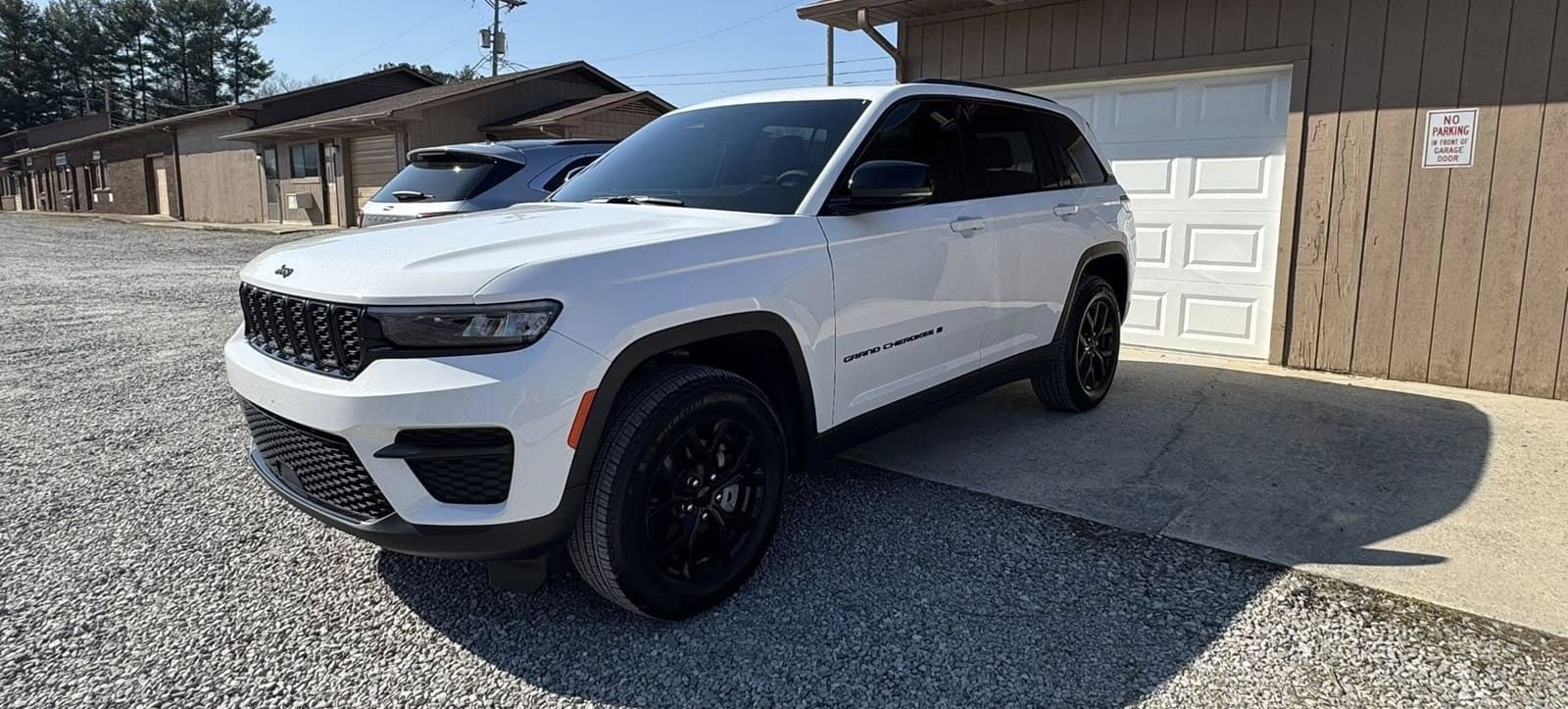
Maintenance Tips for Tinted Windows on Older Vehicles
Regular Cleaning
Keep the windows clean by using a non-abrasive cleaner and a soft cloth. Avoid ammonia-based cleaners as they can damage the tint film. Regular cleaning helps maintain the clarity and effectiveness of the tint, ensuring that it continues to provide UV protection and reduce glare. This simple maintenance routine can significantly extend the life of the tint, preserving its appearance and performance.
In addition, cleaning should be done gently to avoid scratching or damaging the tint. Using a microfiber cloth and a mild cleaning solution specifically designed for tinted windows is recommended. This approach helps prevent streaks and residue, keeping the tint looking pristine. Regular cleaning not only enhances the visual appeal of the vehicle but also supports the longevity of the tint film, making it an essential part of any maintenance routine.
Inspect for Damage
Periodically inspect the tint for signs of peeling, bubbling, or discoloration. Early detection of issues allows for prompt repairs, preventing further damage and ensuring the tint remains effective. Regular inspections can also help identify underlying problems that may affect the tint's performance, such as moisture intrusion or adhesive failure.
Moreover, addressing minor issues promptly can prevent them from escalating into more significant problems that may require complete reinstallation. Vehicle owners should be encouraged to develop a routine inspection habit, checking their tinted windows every few months. This proactive approach not only helps maintain the tint's appearance but also ensures that it continues to provide the desired benefits, such as UV protection and improved comfort.
Seek Professional Help for Repairs
If any damage occurs, it's best to seek professional assistance. Attempting to fix issues like peeling or bubbling on your own can lead to further damage. Professional installers have the tools and expertise to repair or replace tint films without harming the vehicle. They can accurately assess the extent of the damage and recommend the most effective course of action, whether it's a simple repair or a complete film replacement.
Additionally, professionals can provide valuable advice on how to prevent future issues and maintain the tint's appearance and performance. This expert guidance can be invaluable for vintage car owners who want to preserve the value and functionality of their vehicles. By relying on professional services for repairs, vehicle owners can ensure that their tinted windows remain in top condition, providing both aesthetic and practical benefits for years to come.
Conclusion
Tinting windows on older vehicles is a rewarding endeavor that enhances both the functionality and appearance of classic cars. At Cookeville Window Tint, your premier window tinting installers serving Cookeville, TN, we understand the unique challenges vintage vehicles present—and we specialize in delivering flawless results tailored to their distinct needs.
By understanding the materials, properly preparing the windows, and using professional techniques, you can achieve a beautiful, lasting tint that complements your classic car’s style. Whether you're a hands-on enthusiast or prefer expert installation, our team is here to guide you every step of the way.
Contact Cookeville Window Tint today for your free estimate and let us help you protect and enhance your vintage ride with precision tinting.
The effort invested in window tinting pays off in multiple ways—from preserving your interior to boosting comfort and aesthetics. With the right approach, your classic car will shine brighter, feel cooler, and hold its value longer.

